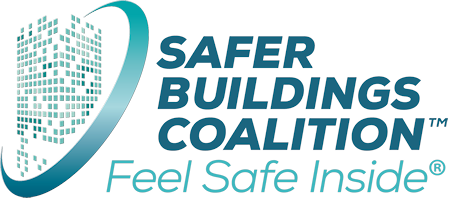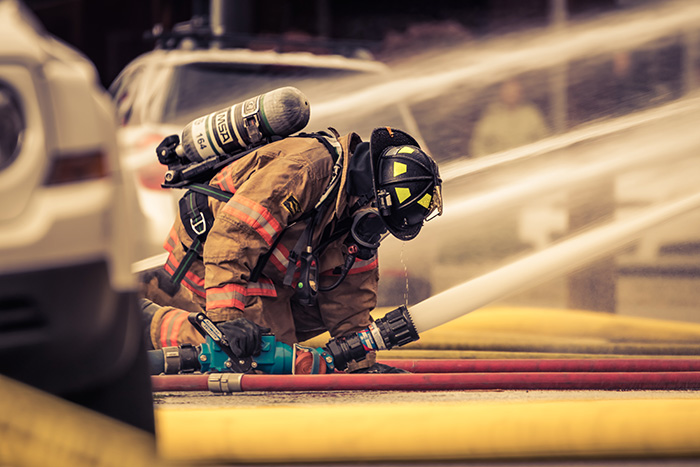|
From the Chief’s Corner: Thoughts in the Wake of Recent Tragedies…
Posted on January 28, 2022
Over the past several weeks there have been numerous headlines related to different tragedies across the United States. From significant fires and building collapses resulting in loss of life of both public and firefighters in Philadelphia, New York, Baltimore, and Florida, to law enforcement officers being gunned down while on and off the job. While we do not have all the final investigation reports on some of these current events yet, what we do know from experience is that the perception of something in one’s mind - let’s call that attitude - can impact the way one views and forms opinions about a particular issue. That attitude can then lead one to take action, or a lack thereof, that can impact both theirs and someone else’s life. Sounds confusing right? Not really, I’ll try to explain from a former fire chief’s point of view. Risk Verses Gain This concept of perception towards safety has surfaced again during some recent discussions surrounding life safety equipment being installed within buildings. Like many of these discussions throughout my career as a fire chief, the focus of the conversation began around the need and value for some type of safety equipment or construction feature to make a building safer for both the occupants and first responders. However, like many times in the past, ultimately at the end of the discussion it centered around cost, profits, returns, etc., without really factoring in any potential negative impacts such a decision would have on others. I’ll be the first to say that cost must be taken into consideration in everything we do. There’s certainly not a blank checkbook sitting around for every project or situation, but we must factor into the equation the value-added benefit of life safety solutions and their potential impacts on making a safer building. This study is often referred to as a risk analysis. And to be fair, there are many developers and builders that get it. They understand the concept of cost avoidance when it comes to safety, and lead with a safety-minded philosophy. For example, if one builds a building full of dwelling units, we know that many people are now working from home full-time, home schooling their children and without a doubt, there will be lots of people sleeping during certain times of the day. We also know that research from the National Fire Protection Association has identified that the risk of dying in reported home structure fires is 55% lower in homes with working smoke alarms than in homes with no alarms or none that worked. So, one would think from this information and experience every dwelling unit would have working smoke alarms, right? However, there are still many homes, apartments, and other types of dwelling units that do not have working smoke alarms. The same arguments can be made using data related to the benefits of fire sprinklers, in-building emergency responder communications enhancement systems (ERCES), maintenance of fire doors, fire safety plans and other types of life safety solutions. So, why the reluctance to providing safety related solutions that have demonstrated results? It comes down to seeing and understanding their respective potential value. The Safety Mindset I’ve often wondered if those decision makers who are so focused on the bottom line, make decisions impacting their own life or that of their loved ones with the same mindset. I imagine them walking into the auto parts store to purchase a new set of brake shoes for the family vehicle. The person at the counter informs them that “we have three options; good, better, and best. Which would you like?” What would your answer be? After all that’s a critical component to stopping the vehicle that may contain you or your loved ones. The bottom line is that simply having solutions to a problem, in and of itself does not fix the problem. One’s attitude toward being committed to addressing and fixing the problem is, or should be at the forefront of our decision-making process. Developing a well-rounded understanding of the concept that preventing a tragic event is always better than reacting to one. Bad things unfortunately happen, but often they didn’t have to. In the planning phases of building construction, one’s attitude towards implementing fire and life safety solutions provide opportunities for the people that will occupy the buildings day in and day out. Often times it’s the little things, which add up to the bigger things that can mean the difference between life and death for those occupants, or the first responders there to serve them. Something as simple as installing a closure on a door may limit the spread of fire. Or after the building is completed, having a robust maintenance program for all fire and life safety solutions is paramount. Action Verses Reaction Every aspect of the fire and life safety ecosystem works together to provide building occupants with the best possible chance of survival during an emergency. The safety mindset begins when the project is on the drawing board and ends when the building no longer exists. Simple action verses reaction. Our attitude towards fire and life safety solutions will be a critical factor in how things turn out when an emergency situation occurs. As you read and study reports about tragic events, think about what one could do to prevent that, or a similar one in the future. Ask yourself, “am I approaching my projects with the right safety attitude? Am I taking all the necessary actions to reduce the chances of something really bad from occurring in my projects?” I often use a phrase I developed when teaching leadership classes that says, “Do The Right Thing & Be Nice About Doing It.” When it comes to doing something that may impact building occupants, why not just Do The Right Thing…
|


